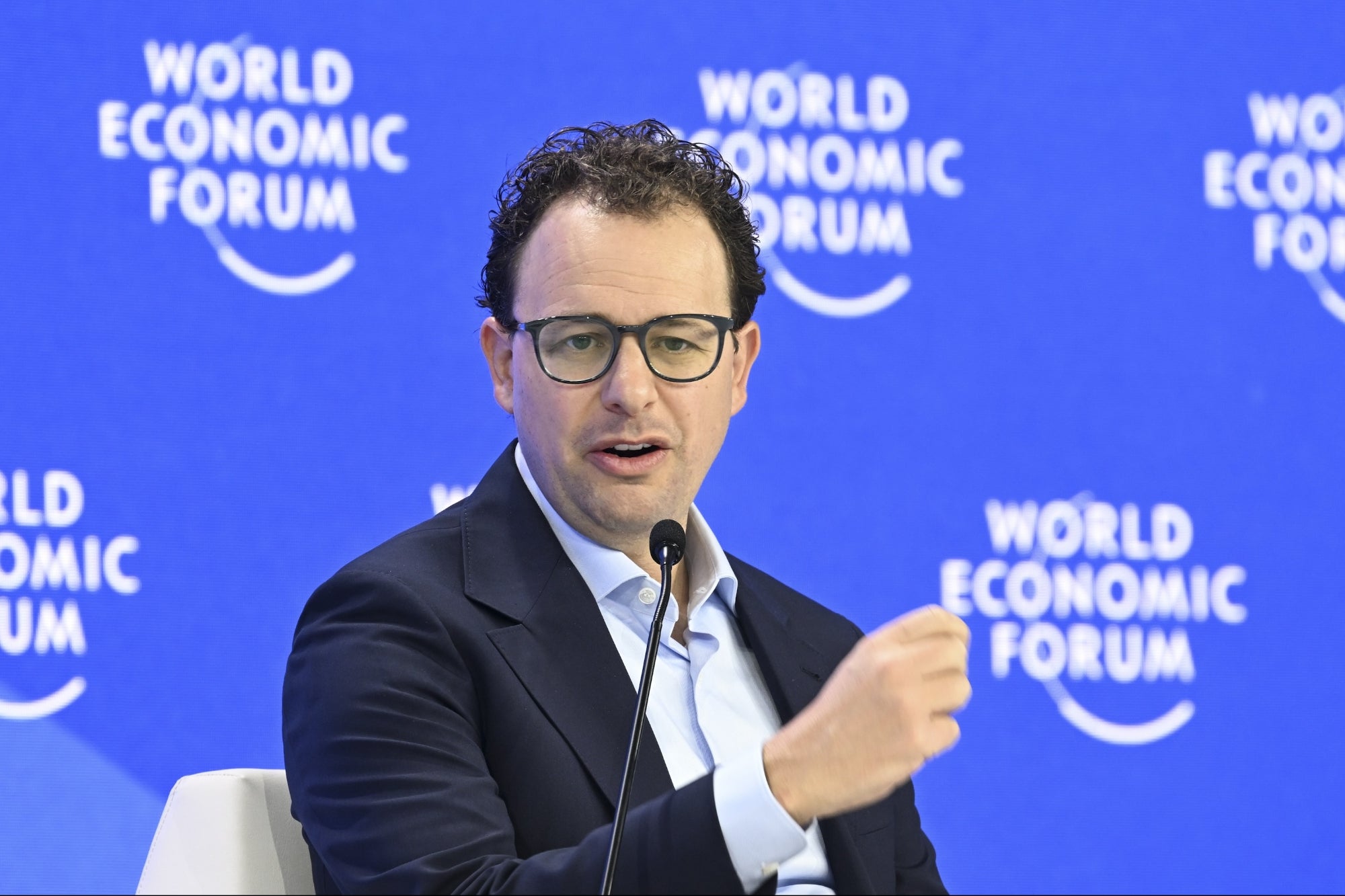A Great Idea Means Nothing Without the Right Market — Here's How to Find It Building momentum without an existing user base is hard. But if your business is going to succeed, it has to be done.
By Aytekin Tank Edited by Kara McIntyre
Key Takeaways
- Building a minimum viable product (MVP) is crucial for gathering valuable customer insights with minimal effort and cost.
- Launching a start-up in a trending market with a high consumer demand can significantly increase the chances of attracting an initial user base.
- Adhering to the 50/50 rule — spending equal time on product development and marketing — is essential for attracting and retaining users in a competitive market.
Opinions expressed by BIZ Experiences contributors are their own.
For BIZ Experiencess, coming up with a great idea is, unfortunately, the easy part. Even after you've had your lightbulb moment, conducted market research and created a business plan, you still have to figure out how to attract your first customers.
The harsh reality is that an amazing idea isn't actually amazing if you have no way to get it in front of people. It's called a "cold start problem" — the challenge of building momentum when a business, product or platform has no initial user base or activity. It's especially relevant for companies relying on network effects — think Airbnb or eBay — where the value of the product or service increases as more people use it.
While the cold start problem may be extra tricky for two-sided platforms, it's something every BIZ Experiences should be thinking about.
Related: The Step-By-Step Guide to Finding Your Niche and Target Market
Build a minimum viable product (MVP)
The advice I find myself sharing again and again? Build an MVP.
I borrowed the idea of MVPs from thought leader Eric Ries, who defines the term as a version of a new product that allows a team to collect the maximum amount of validated learning about customers with the least amount of effort. The purpose, in other words, is to test an idea at a minimal cost that will elicit a response from the target audience, which can help pave the way for future iterations.
Once you've built your MVP, making it free is the best way to gain traction. Even if you only get a few people visiting your website, some will likely become users. These users will provide valuable information: How active are they? Are they continuously using the product for a long time? If not, why?
The great thing about MVPs is that they're quick to build and provide a lot of essential data. But even better, building a cheap, imperfect version gives founders a chance to try their hands at all sorts of new skills they're going to need as their business grows, like design. Without the pressure of getting it just right the first time, you'll have a chance to experiment, collect feedback and improve so that every future version is that much better.
Another hard truth: If you're not having any luck with your MVP, you're probably not going to with a more souped-up version, either. I had lots of startup ideas before I landed on Jotform, the form-building company I've run for the past two decades. But if after six months of trying, it hadn't taken off? I would have tossed it in the dustbin with the other ideas and started on something else.
Build in a hot market
Timing is everything, and the success of a startup often hinges on it. Take Instagram, for example: Released in 2010, it capitalized on the enhanced photo capabilities of the iPhone 4 and the growing demand for instant photo sharing. Contrast that with the 2013 debut of Google Glass: Wearable technology hadn't yet become mainstream, and many saw the idea of strapping a computer to your face as creepy and dystopian. While other factors contributed to Glass's failure, a major issue was the lack of a market primed for that product at that time.
By building in a hot market, you boost your product's chances of attracting users. Right now, AI is everywhere, and people are actively looking to adopt AI products and services. Paying close attention to trends pays off: I launched Jotform amid a surge of interest in online products, driven in part by the impressive debut of Gmail.
Of course, launching in such a market also comes with risk. Competition can be stiff, so you have to have a unique value proposition to stand out. There's also the risk of market saturation. Neither of these things are deal breakers, however — Google entered the forms ring shortly after I launched Jotform, and we survived. The key is to make an excellent product, one that people will still choose to use even in the face of alternatives. After all, if many similar products have roughly similar functions, but none have taken off, it means none are doing it all that well.
Related: 8 Winning Strategies for Succeeding in a Hyper-Competitive Market
Learn to love the 50/50 rule
One principle that I live by is called the 50/50 rule, which dictates that startups spend half their time on product development and the other half on marketing. As a developer, this was a painful revelation since I preferred to focus on building alone. But if an idea is a product plus marketing, you absolutely can't neglect either variable.
Attracting and converting users can be done through targeted marketing, which involves knowing your target audience, their pain points, what messaging will resonate with them and how to reach them. At Jotform, we've had a lot of success reaching users through blogs, which we strategically post on platforms that they frequent. Feedback is your best friend — there's no better way to learn whether you're successfully implementing the 50/50 rule than communicating with the people you want to use your product.
Attracting — and keeping — users requires strategic thinking: build an MVP to test your idea, launch in a market that's ripe with opportunity and iterate based on real-world feedback. Timing, persistence and adaptability are key. Even if your first attempt doesn't take off, it's a stepping stone toward finding something that works.










